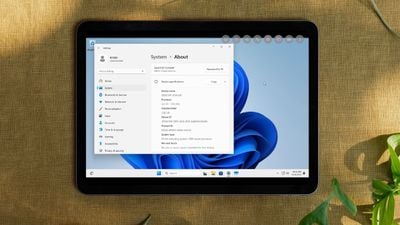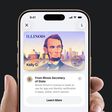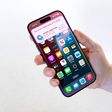The European Commission has fined Apple 500 million euros ($570 million) and Meta 200 million euros ($230 million) for violating the Digital Markets Act (DMA), in the first penalties ever issued under the new EU tech regulation.

Apple was penalized for restricting app developers from informing users about alternative payment options outside the App Store. The Commission said it had determined that Apple's policies prevented developers from taking full advantage of distribution channels beyond Apple's ecosystem, limiting consumer access to potentially cheaper offerings.
"App developers distributing their apps via Apple's App Store should be able to inform customers, free of charge, of alternative offers outside the App Store, steer them to those offers and allow them to make purchases," the European Commission stated.
The Commission said it had ordered Apple to "remove the technical and commercial restrictions on steering" and to refrain from perpetuating the non-compliant conduct in the future.
Today, the Commission also closed the investigation on Apple's user choice obligations, thanks to "early and proactive engagement by Apple" on a compliance solution. Apple now gives users more options to delete apps that come preinstalled on iPhones.
Meta's fine stems from its "consent or pay" model implemented in November 2023, which forced European users to either consent to personal data combination for targeted advertising or pay a monthly subscription for an ad-free experience on Facebook and Instagram.
The Commission ruled that Meta's approach failed to provide users with a genuine choice regarding their personal data, as required by the DMA. Meta has since introduced a modified version of its advertising model in November 2024, which the Commission is currently evaluating.
Both companies have been ordered to comply with the Commission's decisions within 60 days or face additional periodic penalty payments.
Apple said it plans to appeal the decision. The company called it "another example of the commission unfairly targeting the company" with actions that are "bad for the privacy and security of our users."
Meta also indicated it would likely appeal. Joel Kaplan, Meta's chief global affairs officer, said that "the Commission forcing us to change our business model effectively imposes a multi-billion-dollar tariff on Meta while requiring us to offer an inferior service."
The penalties represent approximately 0.1% of each company's annual revenue, which is significantly below the potential maximum fine of 10% allowed under the DMA.
The rulings come amid ongoing trade negotiations between the EU and the US, which could potentially add another layer of complexity to the transatlantic tech regulations.
Note: Due to the political or social nature of the discussion regarding this topic, the discussion thread is located in our Political News forum. All forum members and site visitors are welcome to read and follow the thread, but posting is limited to forum members with at least 100 posts.


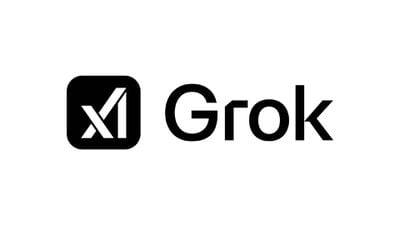







 Note: MacRumors is an affiliate partner with Woot. When you click a link and make a purchase, we may receive a small payment, which helps us keep the site running.
Note: MacRumors is an affiliate partner with Woot. When you click a link and make a purchase, we may receive a small payment, which helps us keep the site running.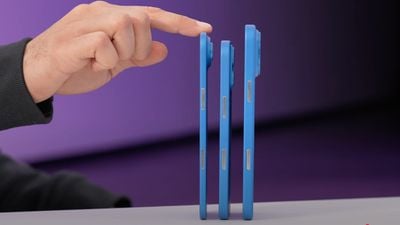

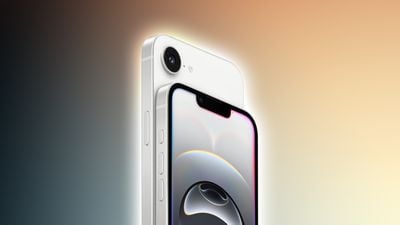

 Note: MacRumors is an affiliate partner with Amazon. When you click a link and make a purchase, we may receive a small payment, which helps us keep the site running.
Note: MacRumors is an affiliate partner with Amazon. When you click a link and make a purchase, we may receive a small payment, which helps us keep the site running.
